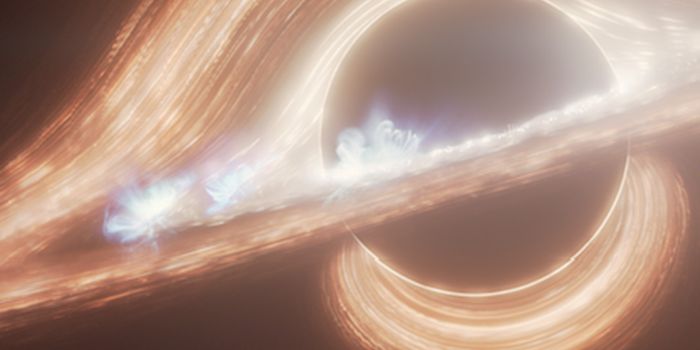Using environmental forensics to identify ozone-depleting chemicals
New research published in the journal Geophysical Research Letters highlights some of the shortcomings of the 1987 Montreal Protocol on Substances that Deplete the Ozone Layer. Led by researchers at York University and Environment and Climate Change Canada, the study suggests that our CFC replacements, though well-intended, are actually bioaccumulating in the Arctic and causing unexpected harm.
The 1987 Montreal Protocol was intended to phase out ozone-depleting chemicals called chlorofluorocarbons (CFCs) because these substances were creating a hole in the ozone layer. While often touted as one of the few successful global initiatives taken to improve environmental crises, these researchers point out that the after-effects of the Montreal Protocol have not been entirely beneficial.
"Our results suggest that global regulation and replacement of other environmentally harmful chemicals contributed to the increase of these compounds in the Arctic, illustrating that regulations can have important unanticipated consequences," says Assistant Professor Cora Young of the Faculty of Science and the paper's corresponding author.
The CFC replacement compounds are called short-chain perfluoroalkyl carboxylic acids (scPFCAs) and belong to the perfluoroalkyl substances (PFAS) class of man-made chemicals used in commercial products and industrial processes. You might have heard of PFAS because of all the negative press they have gotten recently regarding their adverse impact on public and environmental health.
PFAS have been shown to be accumulating in human blood as well as in agricultural crops, which is perhaps unsurprising because current drinking water treatment technology is unable to remove them. Now the researchers behind this study show that scPFCA compounds have accumulated in increasing amounts throughout the Arctic in the last decades.
"Our measurements provide the first long-term record of these chemicals, which have all increased dramatically over the past few decades," Young comments. "Our work also showed how these industrial sources contribute to the levels in the ice caps."
This paper adds to the call for concern about the use of PFAS as replacements for CFCs, which the authors argue pose a significant threat to both humans and the environment.
Sources: Eureka Alert, Geophysical Research Letters








